Two Injury Types
Damage to brain tissue from trauma can occur to different structures through multiple mechanisms over different time periods. There are the damage mechanisms triggered immediately (primary) and then those triggered thereafter in the form of damage “processes” (secondary). Secondary injury processes can take days, weeks, or longer, to run their full course, and are generally thought to cause the greatest damage to brain tissue.
Primary Injury: Damage occurs immediately in the form of brain bruising/bleeding (hematomas), referred to as “traumatic vascular injuries,” immediate and direct tissue obliteration from a projectile (bullet, metal object), blast wave damage from an explosion, the shearing/stretching of neuron axons and dendrites, and in immediate compromise to the blood-brain barrier. The only way to prevent a primary brain injury is to prevent the incident itself.
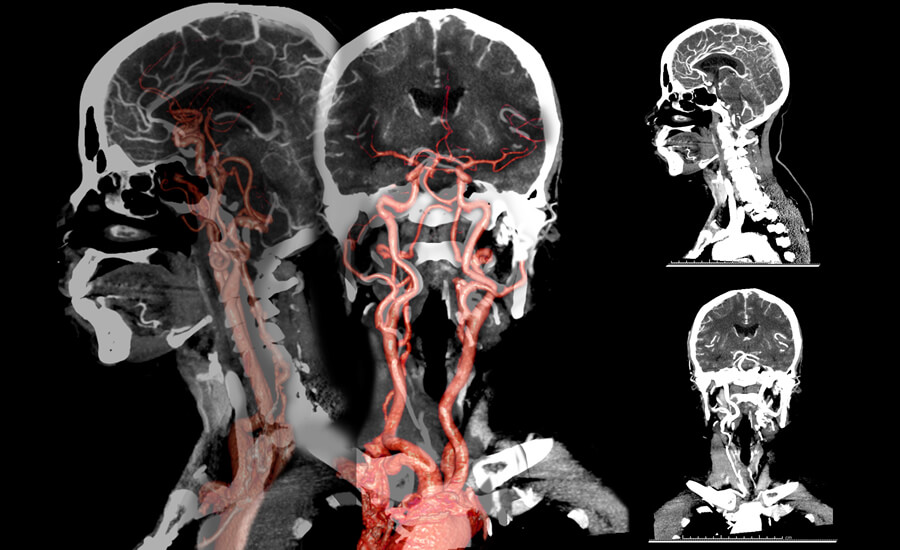
Secondary Injury: Damage occurs more slowly and generally takes place in diffuse, widespread patterns over multiple brain regions. Secondary injury processes are the result of, and are set in motion by, primary injuries. This type of brain damage is seen with expanding brain bleeds, generalized brain swelling increasing intracranial pressure and impairing cerebral blood flow, the gradual accumulation of excess water on the brain adding volume and increasing intracranial pressure, the gradual increase in bacteria levels within the brain following compromise of the blood-brain barrier, and the cascading damage caused by a toxic brain environment following the traumatic death of brain neurons (excitotoxicity).
Primary brain injuries and secondary injury processes are not mutually exclusive. Most often, brain damage from a primary injury is followed by a secondary injury process with producing damage but through different means.
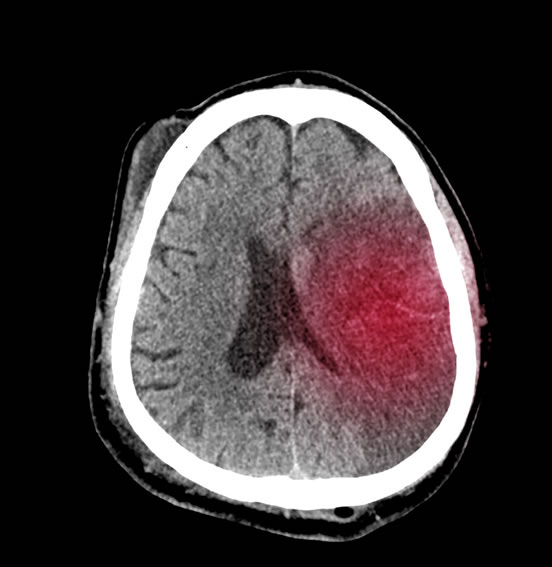
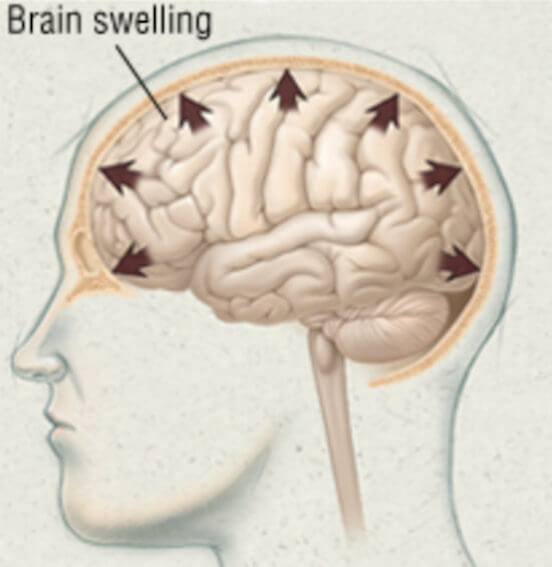
Brain Damage Without Loss of Consciousness
It is a common misconception that brain damage can occur only when a person suffers a direct blow to the head and a loss of consciousness. Neither is true. A traumatic brain injury can occur with or without external head contact when the brain is forcefully jarred in one or more directions during an impact or sudden acceleration/deceleration, made worse when rotational forces are also present. When this happens, the soft tissue of the brain is damaged when it contacts the hard and rigid inside of the skull. This kind of injury often occurs without a loss of consciousness with severe whiplash as a common cause.
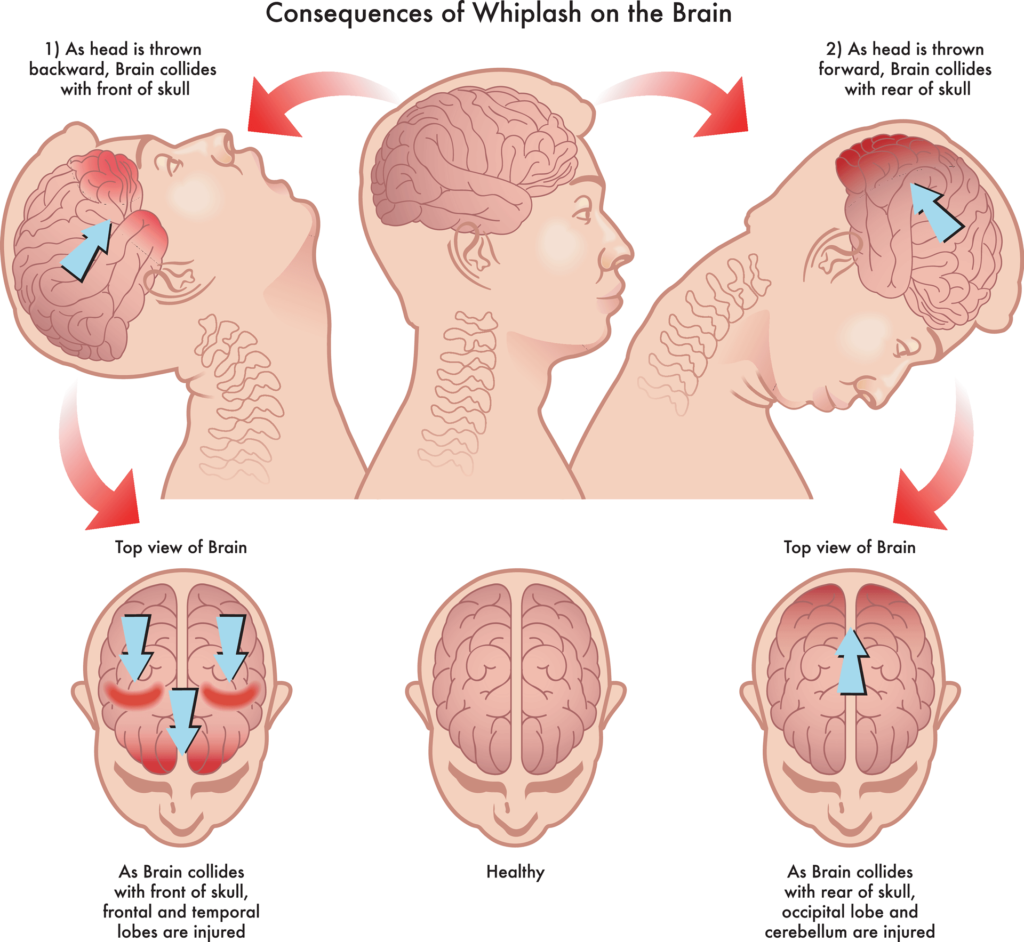
Also, when these same forces are applied, brain damage on a microscopic level can occur to delicate brain neurons when they are stretched and torn. This mechanism of damage can likewise happen without a loss of consciousness or direct head contact with anything.
How Brain Tissue Density Plans a Role in Traumatic Brain Injury
To better understand how acceleration/deceleration forces applied to the brain cause damage to brain neurons, it’s important to realize that key brain structures exist in layers and that neuron axons often extend from one layer to and through other layers. An example would be the cerebral cortex layer (gray matter) and the subcortical region/layer (the white matter deep inside the brain). There are billions and billions of neurons that run from the gray matter through the white matter, and beyond, into and through the peripheral nervous system (nerve network beyond the spinal cord).
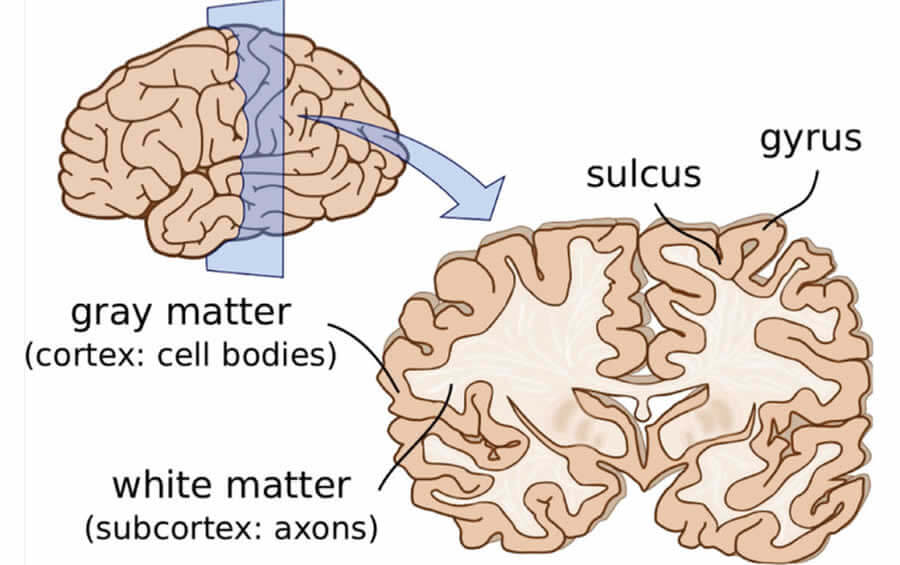
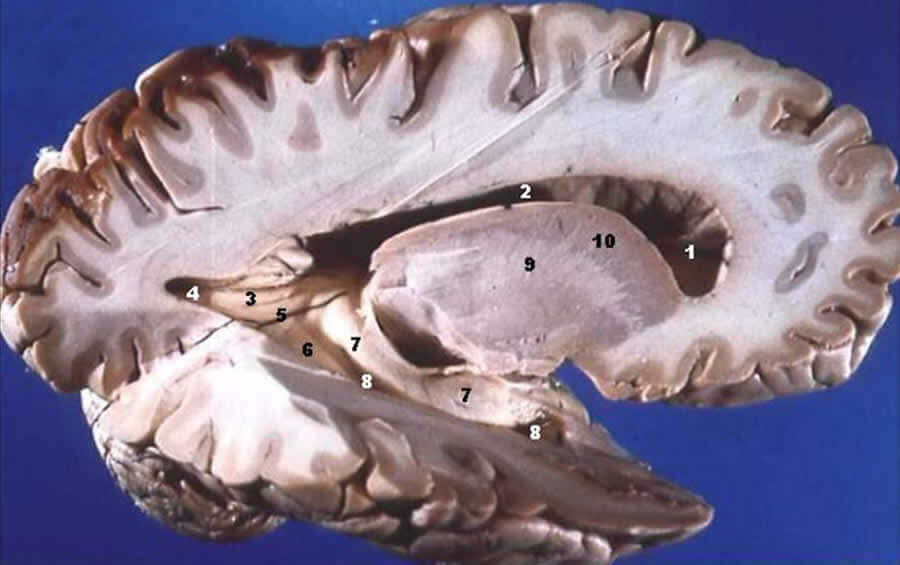
Brain layers have different densities (weights) and are located at varying distances from the center of any given rotation. Because of this, they move at different relative speeds when set in rotational motion. When this occurs, the neurons extending between the layers, like those between the gray and white matter, are caught between the shifting structures and can become stretched and/or torn. Some of these damaged neurons recover through healing themselves while others do not, resulting in lasting brain damage.
Common Causes
- Assaults
- Slip and Falls
- Car Accidents
- Truck
- Accidents/Motorcycle/Bicycle Accidents
- Pedestrian Accidents
- Boating Accidents
- Sports and Recreational Accidents
- Work/Construction Site Accidents
- Falling Debris
- Acceleration/Deceleration Trauma
To learn more about primary and secondary injuries see these featured articles by Charlie Waters in the Center database: Primary Brain Injuries, Secondary Brain Injury, and Excitotoxicity: A Secondary Injury in Traumatic Brain Damage.and


